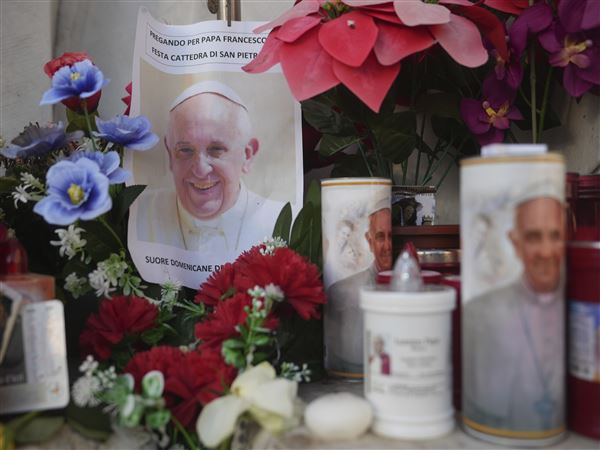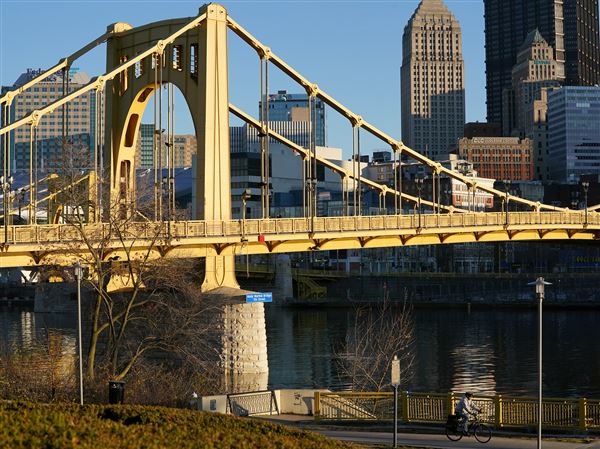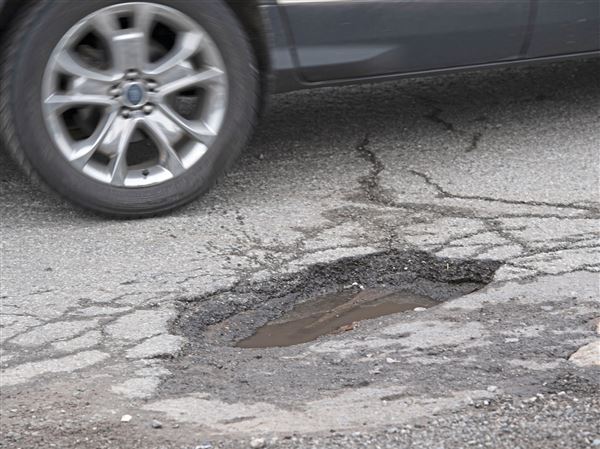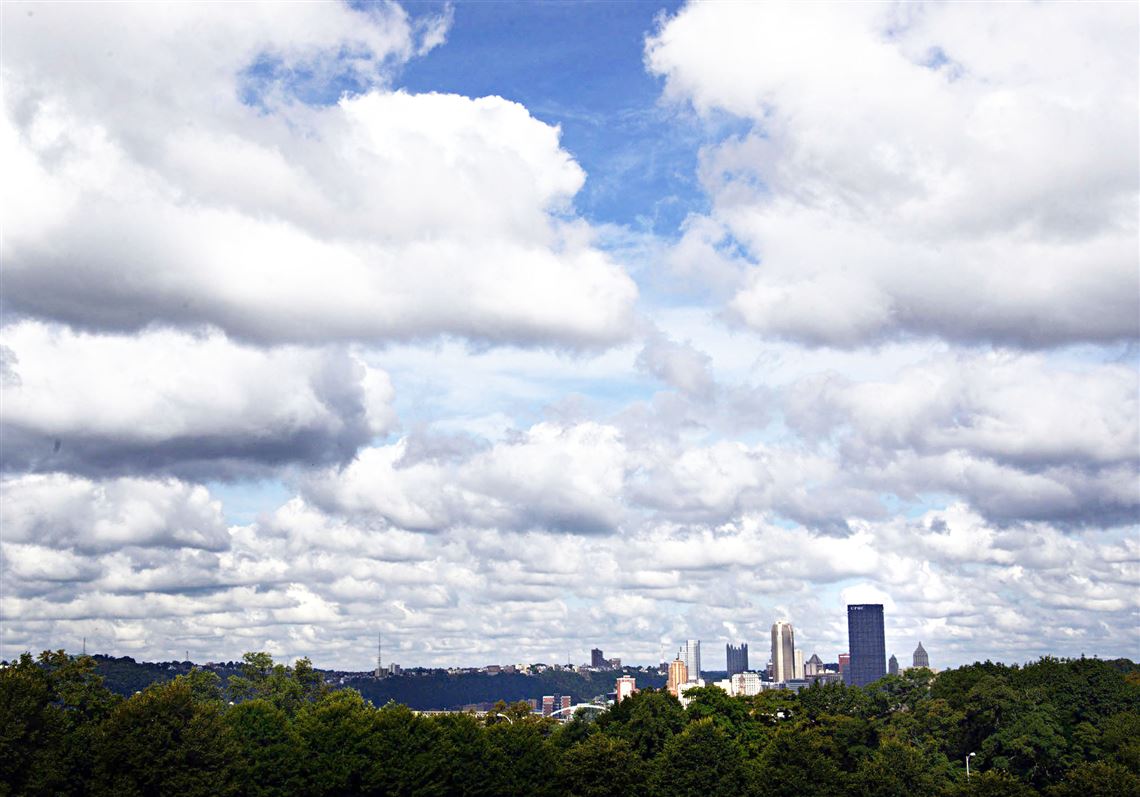Rachel M. Usdan, a structural engineer, grew up in Pittsburgh and now lives in Washington, D.C. (usdanrm@gmail.com).
•
There was a blast and everyone’s eyes shot skyward, gazing toward the clear blue sky with the Cathedral of Learning in the distance. Grandpa and the grandkids were launching model rockets at Flagstaff Hill, a family tradition. Looking up at that bright blue sky, it was hard to imagine the soot-filled air of Pittsburgh of decades past. It was ironic to recall the fun we had as children drinking water straight from the garden hose, as opposed to the way we must filter and even sometimes boil water now due to lead and other contaminants in Pittsburgh’s drinking water.
Just as the Steelers deserve a win on Sundays, Pittsburghers deserve breathable air and drinkable water. One way we improve the quality of our air and water is with funding from the annual federal budget. Programs to improve air and water quality are funded through the annual non-defense discretionary portion of this budget, which Congress is proposing to cut by $7.5 billion. Other programs in this non-defense annual portion of the budget include such varied and important items as law enforcement, education, transportation, health research, diplomacy, economic security and science.
Clean air and water activities largely are funded from the science bucket of the budget. According to the Center on Budget and Policy Priorities, a nonpartisan research and policy institute, in 2016 all the science, environment and energy programs combined amounted only to 12 percent ($72 billion) of the non-defense annual budget. Despite the clear need to maintain clean water and air, and despite the small percentage of overall spending on these items, this funding is at risk of being reduced. Cutting this funding would have a negative impact on the lives of my family and fellow Pittsburghers.
In July, there was an “air quality alert” issued by the Pennsylvania Department of Environmental Protection. Warnings like these advise the elderly and people with respiratory problems, such as asthma, not to go outside when the air is particularly polluted. It is through federally funded research by the DEP and others that we can understand when to sound these alarms and enforce policies to limit toxins in the air to reduce days with “air quality alerts.” While the Pittsburgh area has come a long way since its notoriously smoggy steel-mill days, there are still sources of “chronic air pollution,” such as the U.S. Steel Clairton Coke Works.
Pittsburgh also has joined the growing list of municipalities struggling with aging pipes and with lead and other contaminants in the water. While the Pittsburgh Water and Sewer Authority is trying its darnedest, this is still a major issue for our region. Without proper oversight by the DEP and others, more problems could crop up in our drinking water.
Likewise, the Pittsburgh area has seen its fair share of Superfund sites, including the East Tenth Street site, the Lindane Dump and Ohio River Park. These hazardous-waste locations are cleaned thanks to work by the Environmental Protection Agency, the DEP and others. When it comes to programs like these that help reduce toxic sludge and poisonous chemicals from contaminating our soil, water and air, cutting their funding would represent a huge setback for Pittsburghers.
Approximately 30 percent of the DEP’s funding comes from the federal government, meaning that, if the federal government cuts funding for the EPA, some of the agency’s duties would fall to DEP and the state of Pennsylvania. Let’s support the government programs that protect our air and water. These programs protect the health of Pittsburgh and all its residents.
I want all of Pittsburgh’s kids and kids at heart to be able to drink straight from the garden hose and play outside, without the risk of lead poisoning or asthma attacks. Yinz should, too.
First Published: November 26, 2017, 5:00 a.m.
















